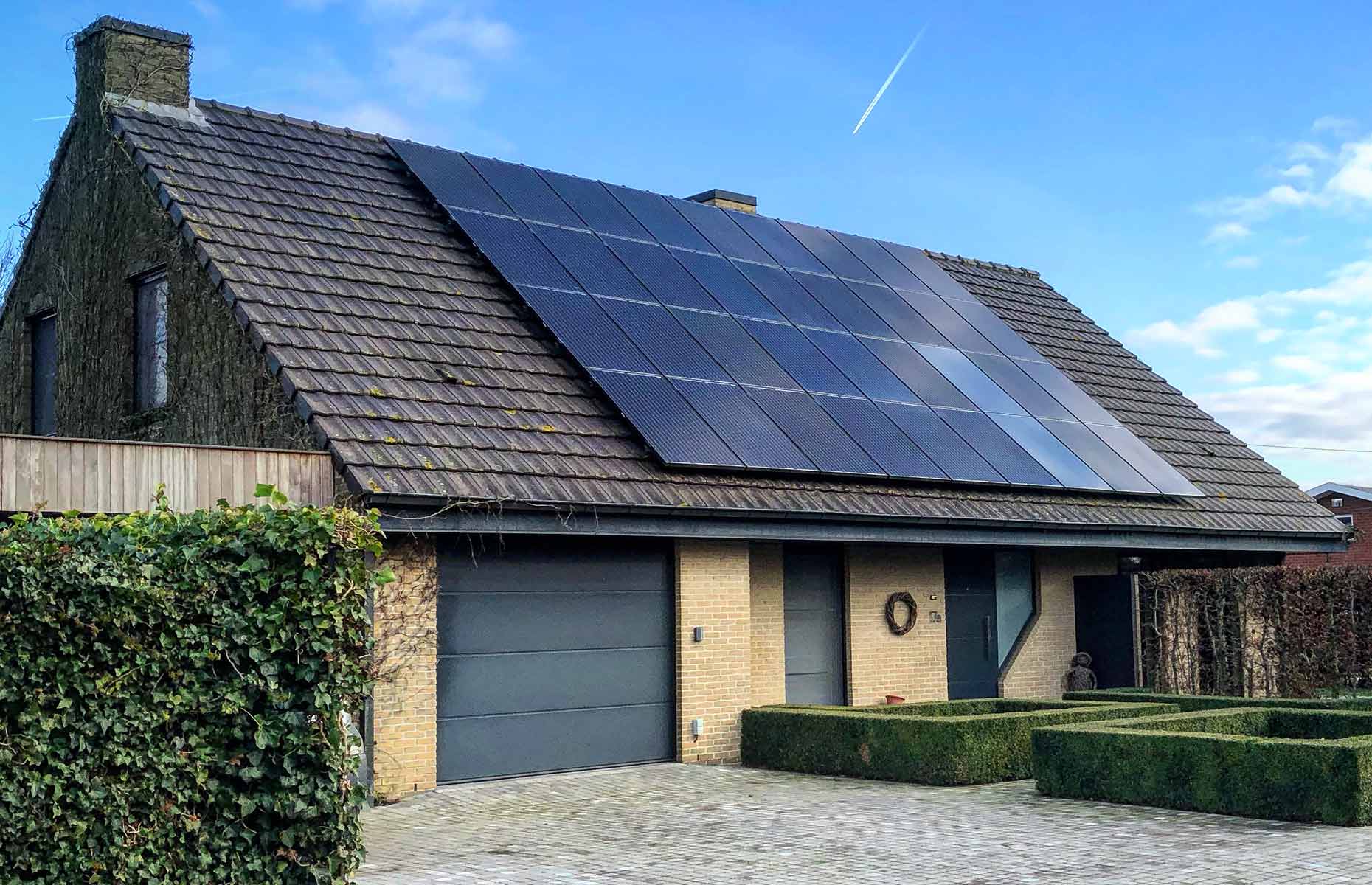As solar energy becomes increasingly popular, many homeowners and businesses are considering the installation of solar panels. While the benefits of solar power are well-established, one question that often arises is: How much will solar panels cost? In this blog post, we will explore the factors that influence the cost of solar panels and provide you with a better understanding of the financial investment involved.
Factors Affecting Solar Panel Costs
System Size: The size of the solar system you need will have a direct impact on the overall cost. The more electricity you want to generate, the larger the system will need to be. Solar panel systems are typically measured in kilowatts (kW) or kilowatt-hours (kWh).
Energy Consumption: Your energy consumption plays a vital role in determining the size of the solar system required. The more energy you use, the large

Location: The geographic location of your property affects the cost of solar panels. Factors such as regional market competition, available sunlight, and local regulations can influence pricing variations.
Roof Type and Condition: The type and condition of your roof impact installation complexity and costs. Different roof materials and angles may require specific mounting systems or additional structural work, affecting the overall installation expense.
Equipment Quality: The quality of the solar panels and other components, such as inverters and mounting systems, can influence the upfront cost. High-quality equipment generally comes with better performance warranties, longer lifespan, and increased efficiency.
Incentives and Rebates: Government incentives, tax credits, and rebates can significantly offset the cost of solar panels. These financial incentives vary by location and can substantially reduce the upfront expenses, making solar installations more affordable.
Average Costs of Solar Panels
The cost of solar panels has decreased significantly over the years due to technological advancements and increased market competition. While prices can vary, the average cost of solar panels in the United States ranges from $2.50 to $3.50 per watt, including installation.
To provide a general idea, a typical residential solar system may range from 3 kW to 10 kW, resulting in a total cost of $7,500 to $35,000 before incentives. It’s important to note that these figures are estimates, and the actual cost will depend on the factors mentioned earlier.
Financial Considerations and Return on Investment
Although the initial investment in solar panels may seem substantial, it’s crucial to consider the long-term financial benefits. Solar power systems have a relatively quick payback period, typically ranging from 5 to 10 years, depending on various factors such as energy usage, available incentives, and local electricity rates.
Once the payback period is reached, homeowners can enjoy significant savings on their electricity bills. Over the lifespan of the system (often 25 years or more), the savings can far exceed the initial investment, resulting in substantial financial returns.
 Furthermore, solar panels can increase the value of your property. Studies have shown that homes equipped with solar power systems sell at a premium compared to non-solar homes, providing an additional financial benefit.
Furthermore, solar panels can increase the value of your property. Studies have shown that homes equipped with solar power systems sell at a premium compared to non-solar homes, providing an additional financial benefit.
While the cost of solar panels is influenced by various factors, the long-term benefits outweigh the initial investment. By considering your energy consumption, location, and available incentives, you can better estimate the cost of solar panels for your specific situation.
It’s important to consult with reputable solar installation companies to get accurate quotes and customized estimates based on your unique needs. Additionally, take advantage of available incentives and financing options to make solar power more affordable.
Investing in solar panels not only contributes to a cleaner and more sustainable future but also provides substantial financial savings and increased property value. By carefully considering factors like the geographic location of the property, the size and capacity of the system being installed, and the availability of government incentives and subsidies, it is possible to reduce the cost of solar panels and make the switch to renewable energy more affordable. As the demand for renewable energy grows and technology continues to improve, it is likely that solar panels will become an increasingly cost-effective way to meet our energy needs in the years ahead.

Leave A Comment